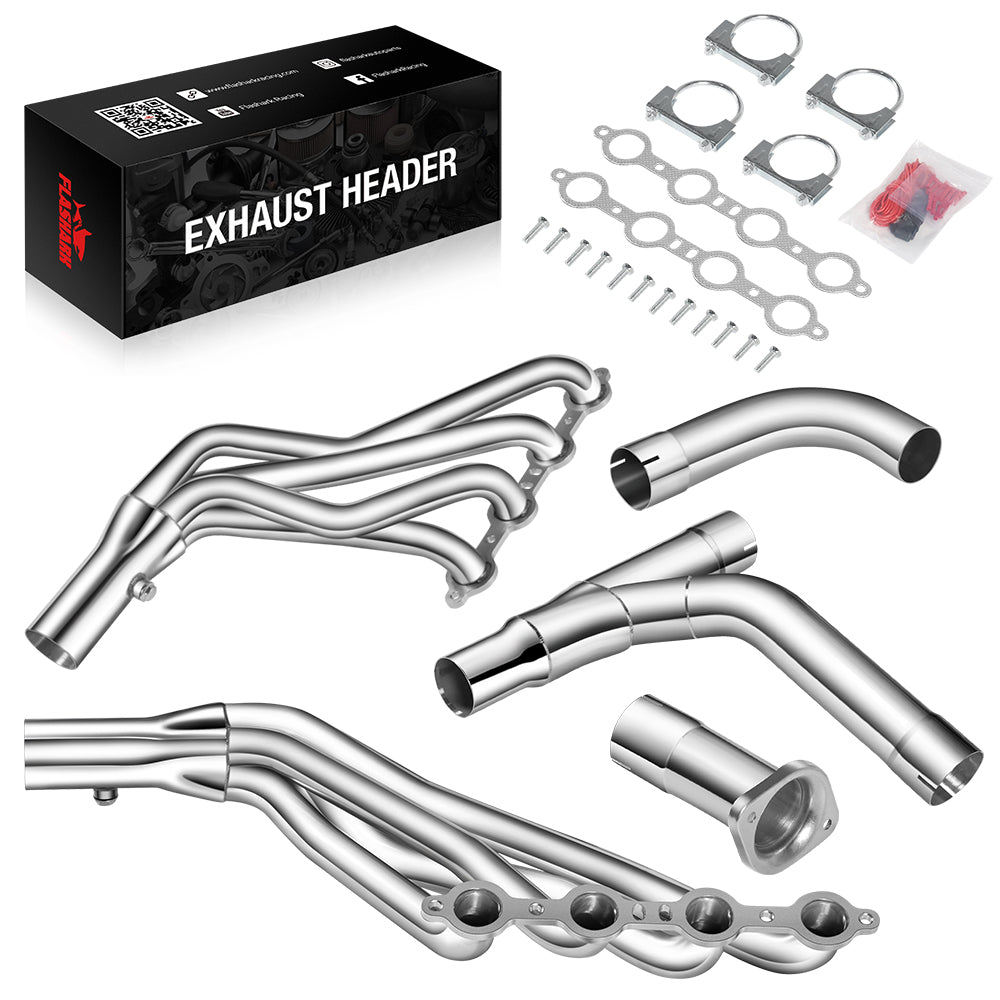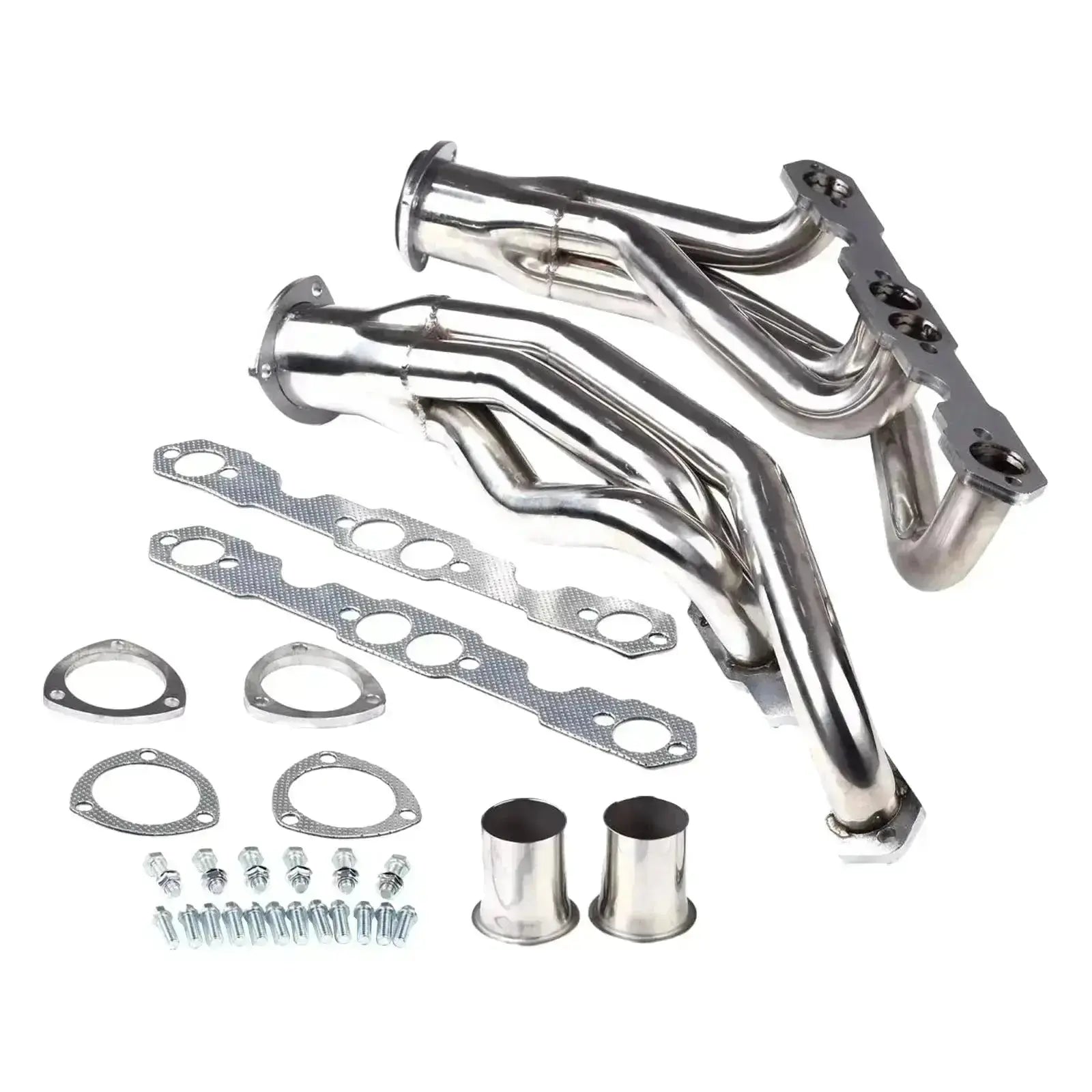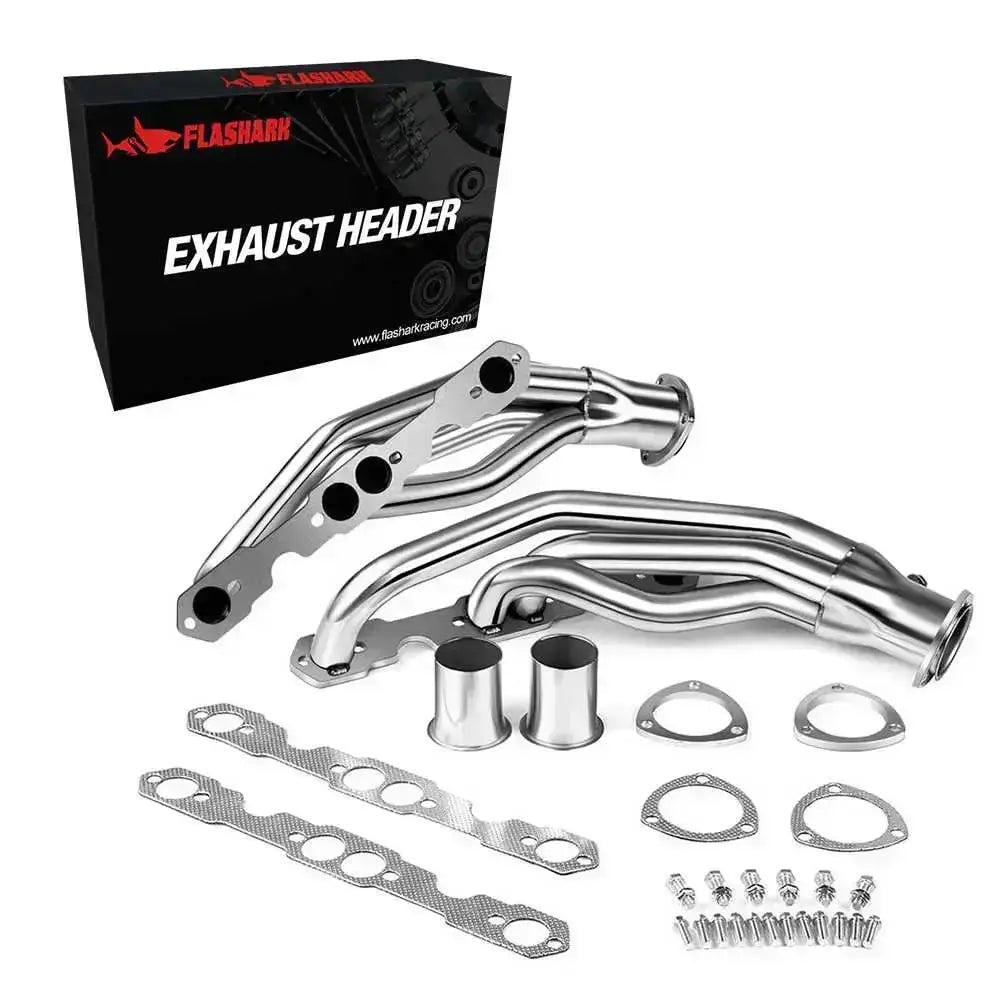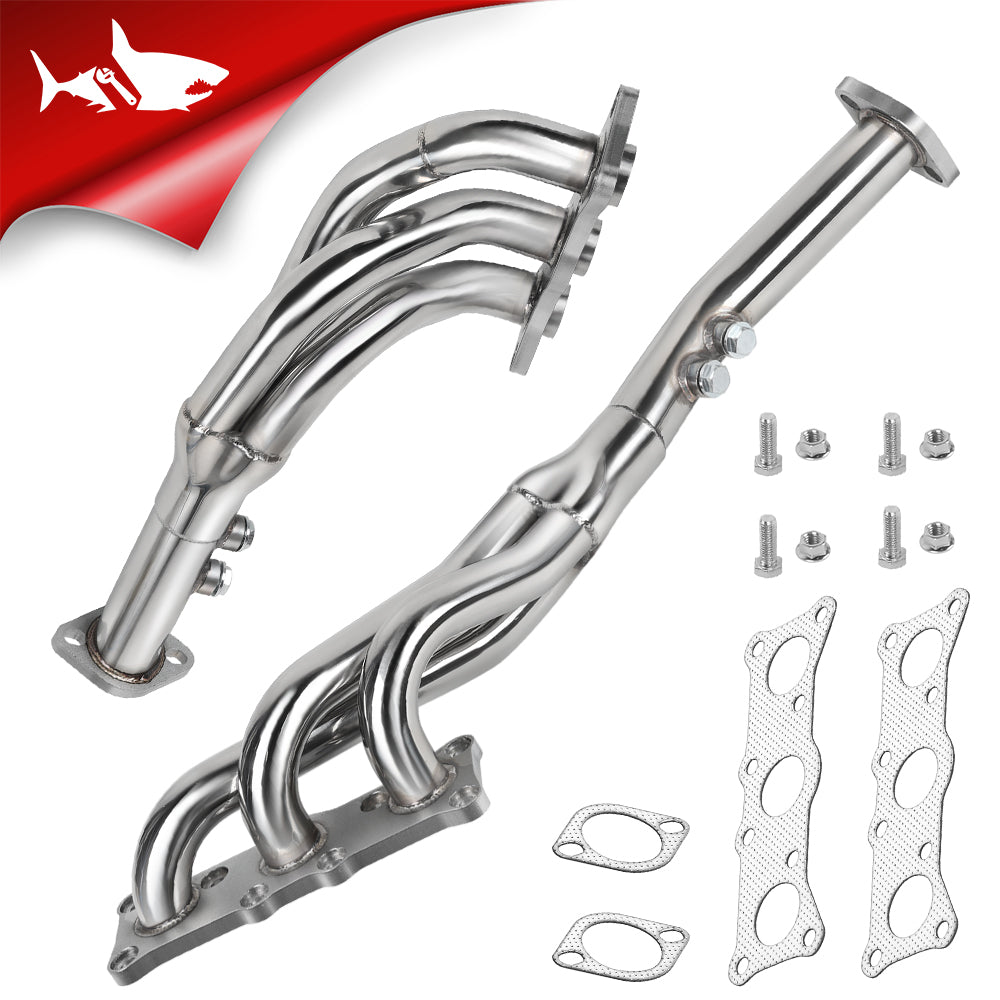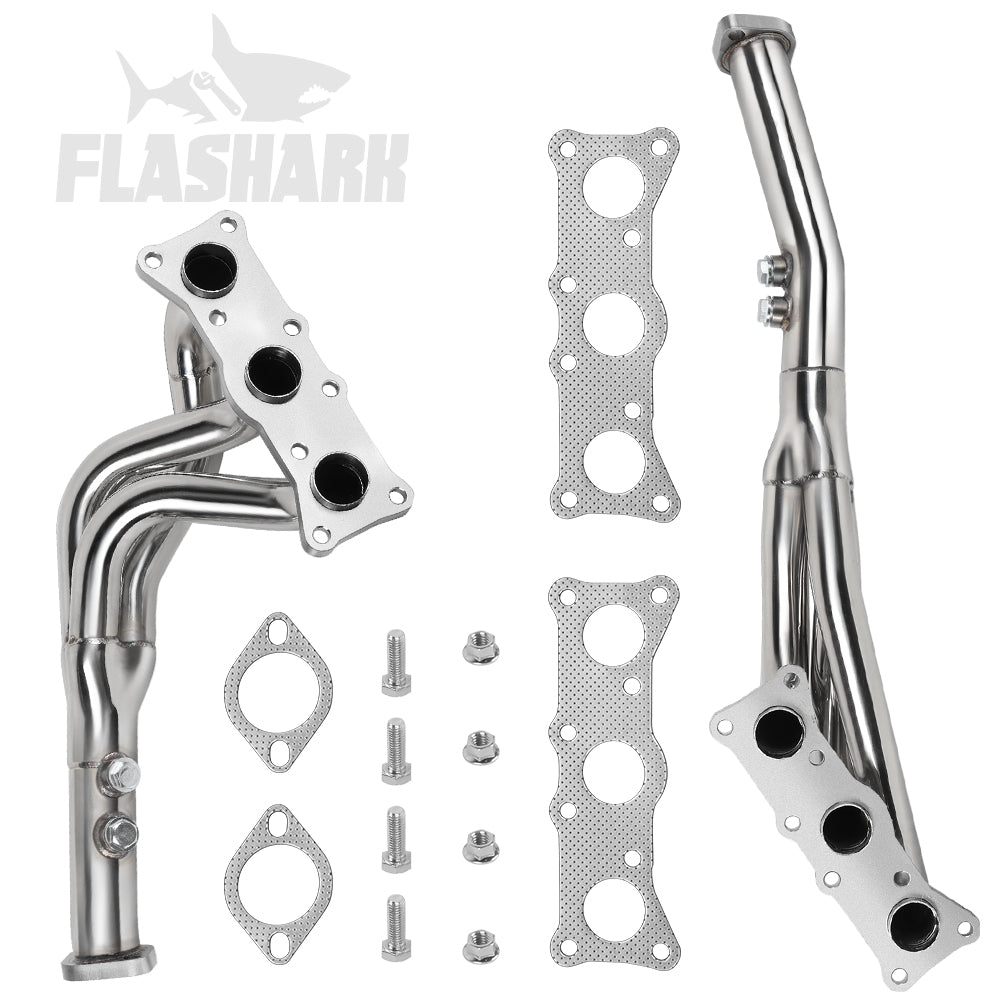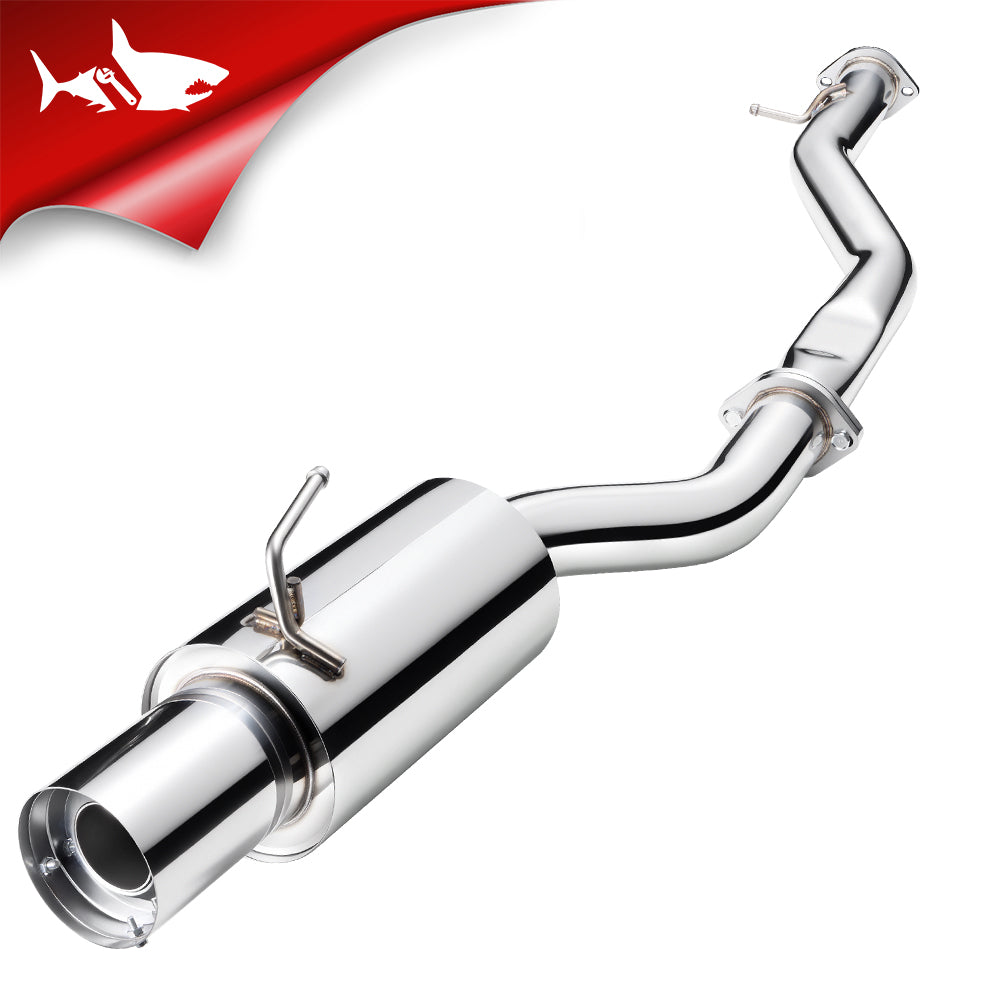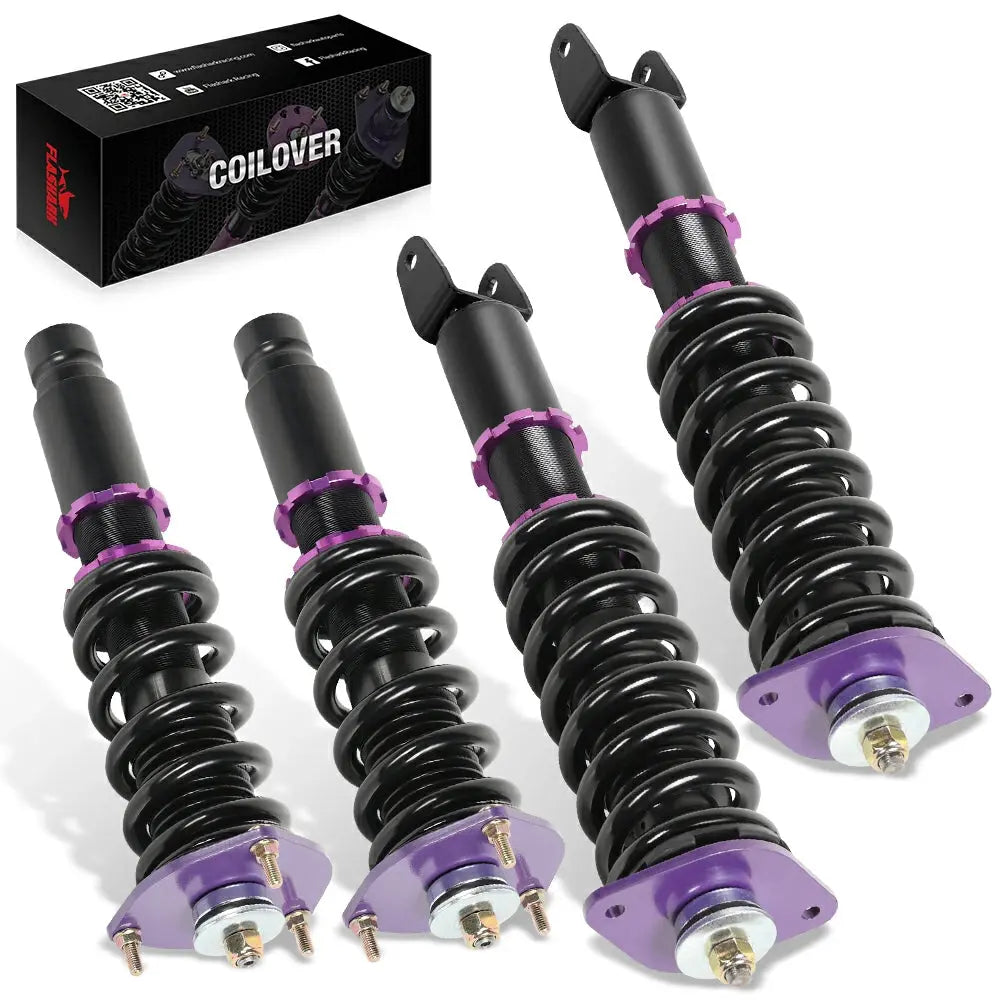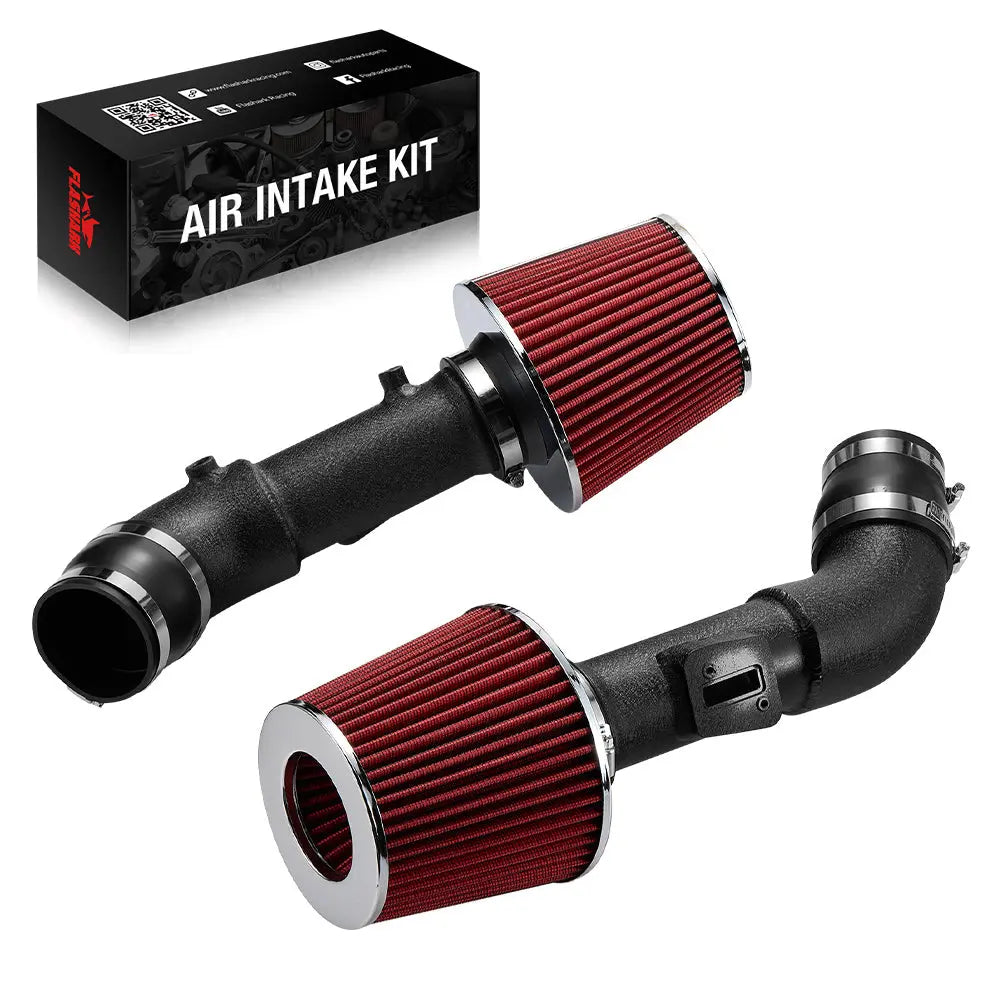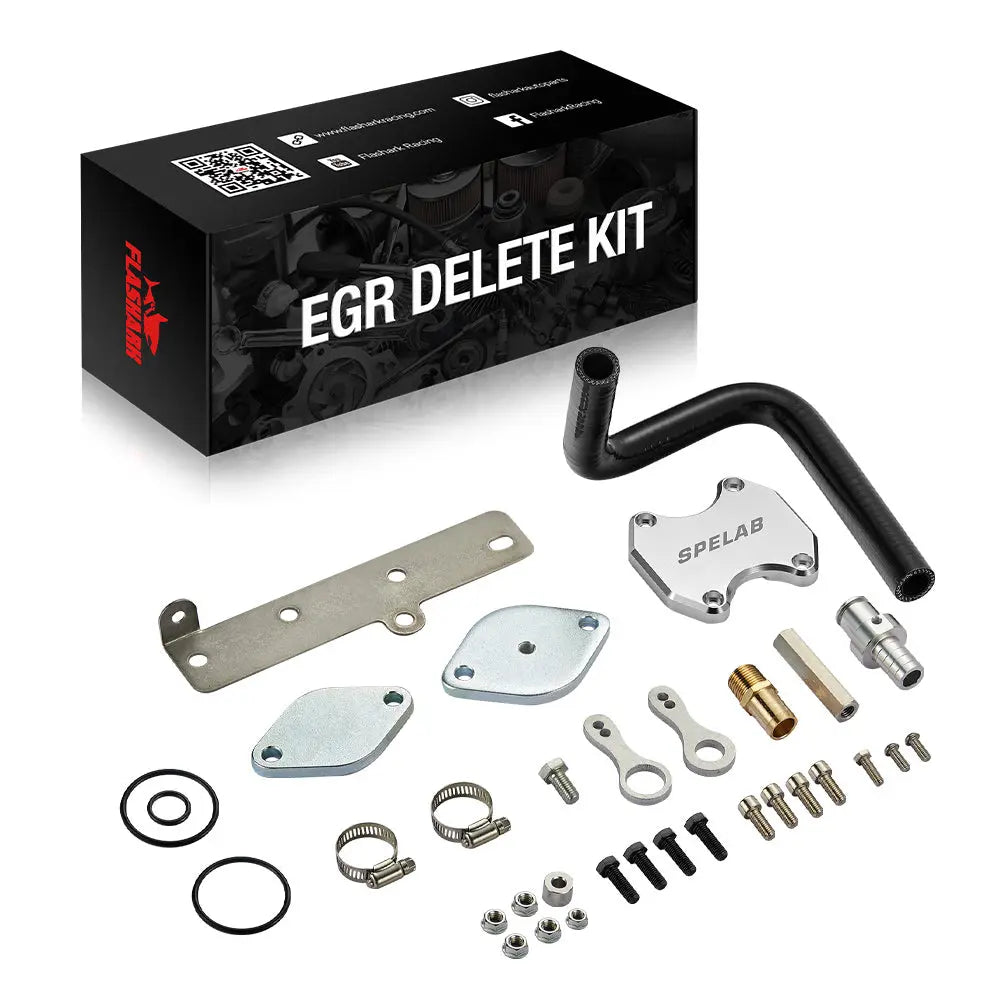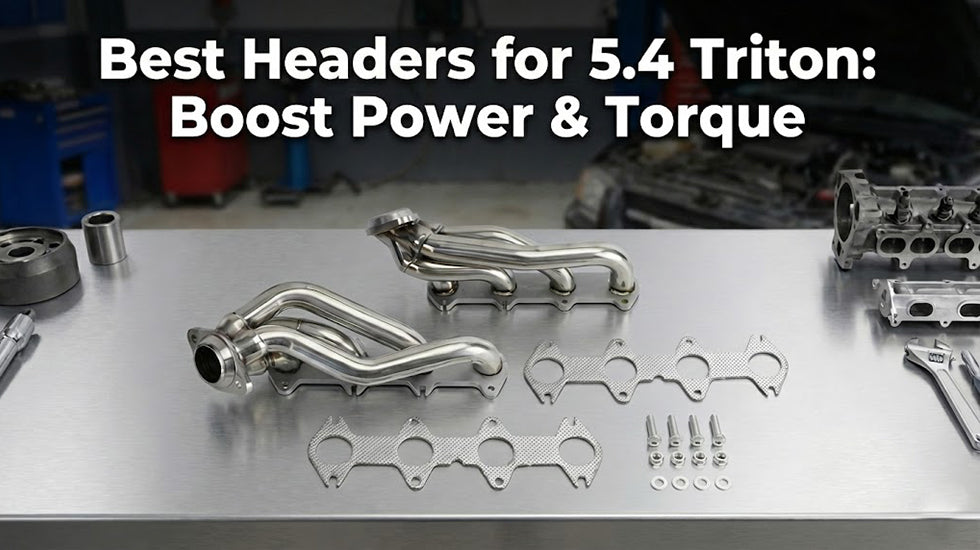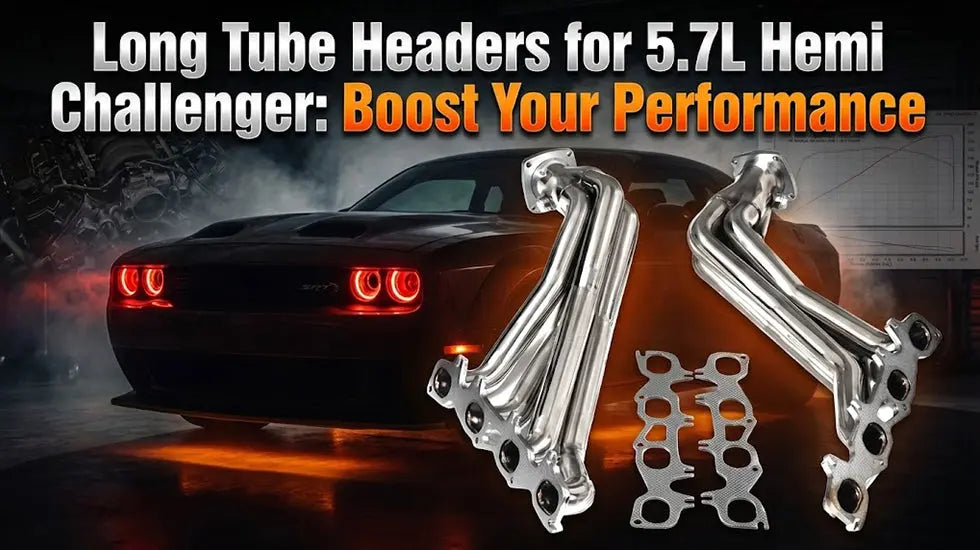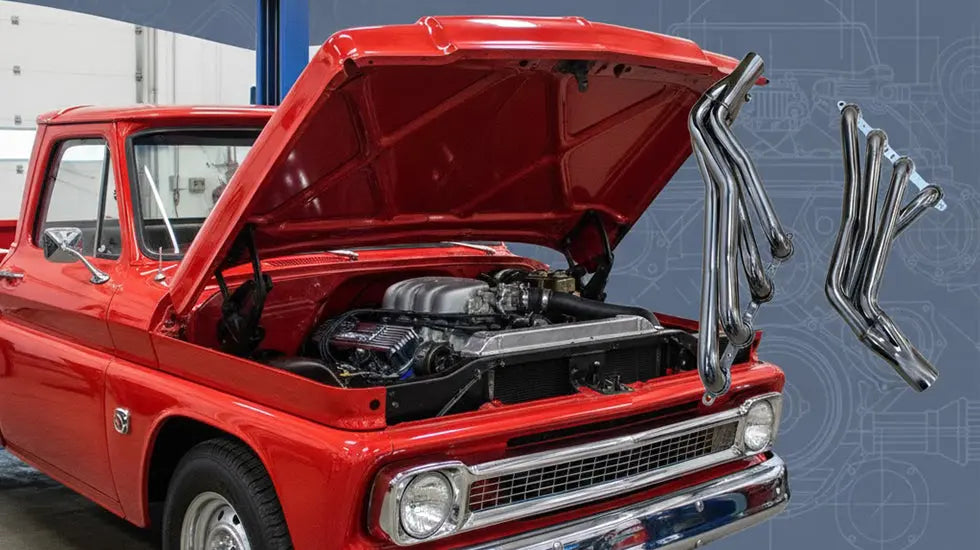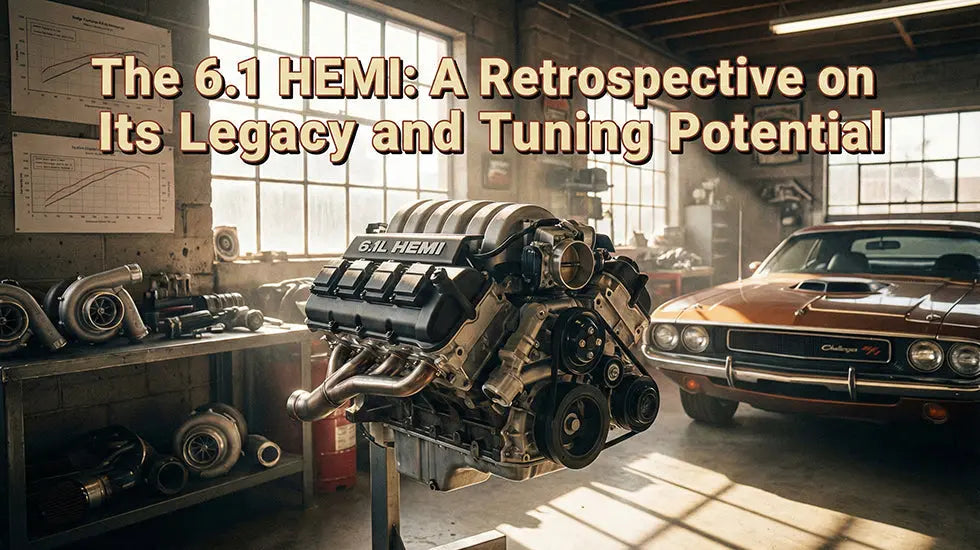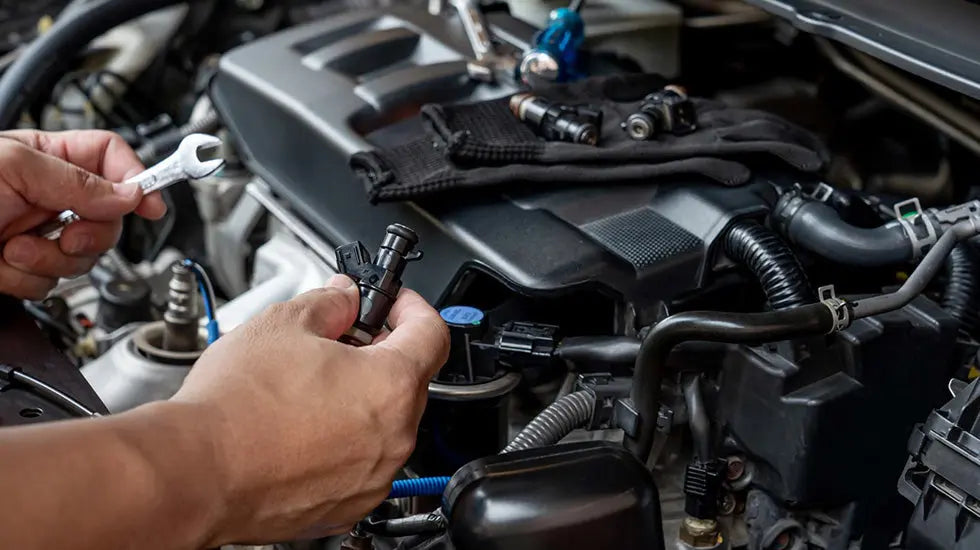An oil catch can is a canister that is installed, or spliced into the intake system between the positive crankcase ventilation valve and the intake manifold, and its function is to “catch” excessive amounts of oil that might be present in the intake system before it can enter the cylinders.
The truth is that while oil catch cans can be beneficial, they are largely only beneficial under certain circumstances, and then only if the device was made by a reputable manufacturer, and installed by a reputable service provider. Below we look at some of the facts and claims around oil catch cans.

Exhaust gas and oil don’t mix
Most diesel engines are equipped with an EGR (Exhaust Gas Recirculation) system that redirects small amounts of exhaust gas into the intake manifold under certain operating conditions. The primary purpose of the exhaust gas is to quench the detonation somewhat to reduce, or prevent the formation of oxides of nitrogen (NOx), which is the principal component in exhaust gas that causes urban smog.
The argument in favour of oil catch cans goes something like this. When re-circulated exhaust gas and excessive amounts of oil in the inlet tract come into contact with each other, the result is the formation of a thick, tarry substance that clogs the EGR valve, and coats valves and inlet ports with a thick layer of sludge that prevents or inhibits the free flow of air into the cylinders. Therefore, the installion of an oil catch to remove the excessive oil from the intake air will prevent the formation of sludge in the intake manifold/system.
It's important to note that formation of sludge in the intake system generally only happens on diesel engines that use excessive amounts of oil, regardless of the causes of the excessive consumption. Moreover, oil catch cans are not created equal, and therefore, they are only effective if they contain some kind of filter medium that can be replaced, and if their inlet/outlet ports and general configuration do not form a restriction in the crankcase ventilation system.
In fact, some oil catch cans are nothing but empty canisters that may or may not contain a piece of steel mesh onto which the oil in the intake air is supposed to condense. This is why we recommend using a quality brand like Flashark. Additionally, the inlet and outlet ports on some oil catch cans are less than half the diameter of the crankcase ventilation system hoses, a condition that usually renders the crankcase ventilation system useless because the configuration and/or diameter of the can’s ports destroys the vacuum the crankcase ventilation system needs to work.

Feature:
- Function: the baffle in the water tank can cool the hot oil steam, turn into liquid, catch oil and moisture oil vapor, keep the engine clean and prolong the engine life. The built-in dip can check the liquid level, and the bottom can be disassembled for drainage, making it reusable and easier to clean. (it can be reused, when there is too much oil, you need to empty it and then re install it).
- GM is suitable for most cars.
- The Polish baffle universal oil absorber is made of lightweight aluminum, allowing the t-6061 to provide high strength and good durability (Note: it is made of aluminum, easy to scratch and will not affect the use). The anodized car body has a beautiful appearance.
Do I need to fit an oil catch can?
When it comes to the question of whether or not you need an oil catch can, the guiding principle should always be the amount of oil that the vehicle uses, or the amount of oil that is present in the inlet tract. It should be noted that it is very rare not to see an oily residue on the inlet tract walls of a diesel engine, and while it may sometimes appear to be excessive, this is usually the result of minute quantities of oil that escape past the seals of even new turbochargers. Therefore, unless there is liquid oil anywhere in the inlet tract, you do not need an oil catch can.

However, if you are planning on buying a well-used, or high mileage diesel vehicle that does, or may consume excessive amounts of engine oil under certain operating conditions, fitting a well-made oil catch can from a reputable manufacturer may very well save you many thousands of dollars. By fitting such a device, you will be protecting both the catalytic converter and the diesel particulate filter against the effects of excessive hydrocarbon loads.
It's important to remember that even the best oil catch cans are not fit-and-forget parts: the can needs to be inspected, drained, and cleaned out fairly regularly to get the best results. In addition, oil catch cans do not represent a lasting solution to excessive oil consumption. These devices are short to medium term solutions at best, and the best way to address excessive oil consumption issues is to address the underlying mechanical causes of the problem.
If you want to get more, click here:https://flasharkracing.com/

